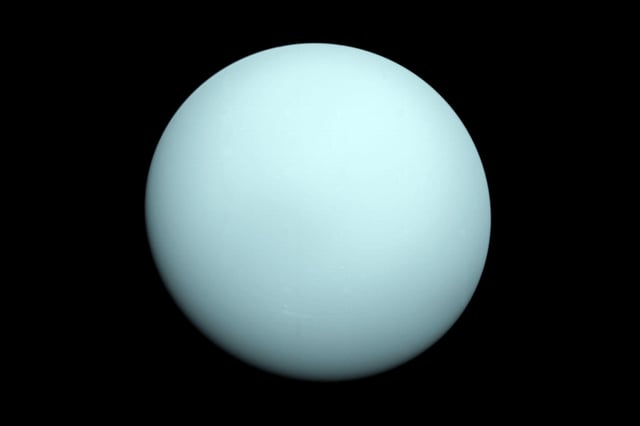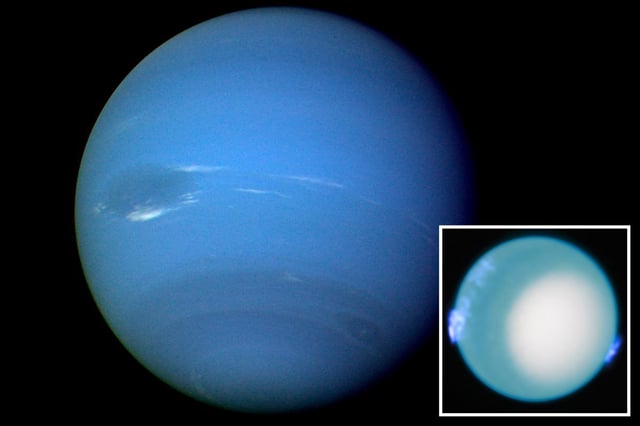Overview
- Analysis of decades of archival data shows Uranus emits 12.5% more internal heat than it absorbs from the Sun.
- Voyager 2’s brief 1986 flyby captured Uranus at a seasonal extreme, leading to past underestimates of its internal heat source.
- The planet’s extreme axial tilt causes 20-year-long seasons that produce pronounced swings in its global energy balance.
- Despite its internal warmth, Uranus still emits substantially less heat than Jupiter, Saturn and Neptune.
- These refined measurements offer new constraints for models of giant planet formation and bolster proposals for a dedicated NASA mission to Uranus’s interior.

